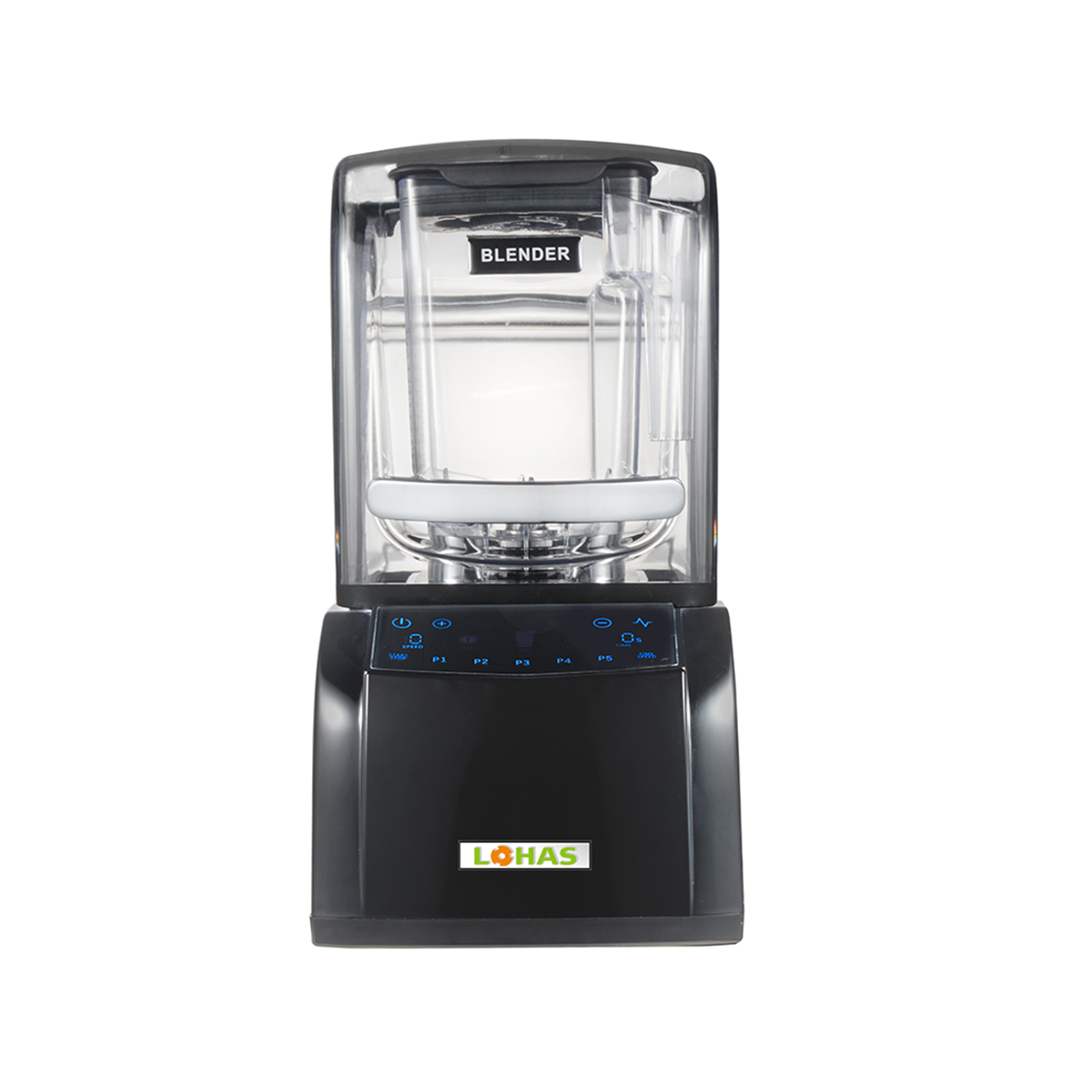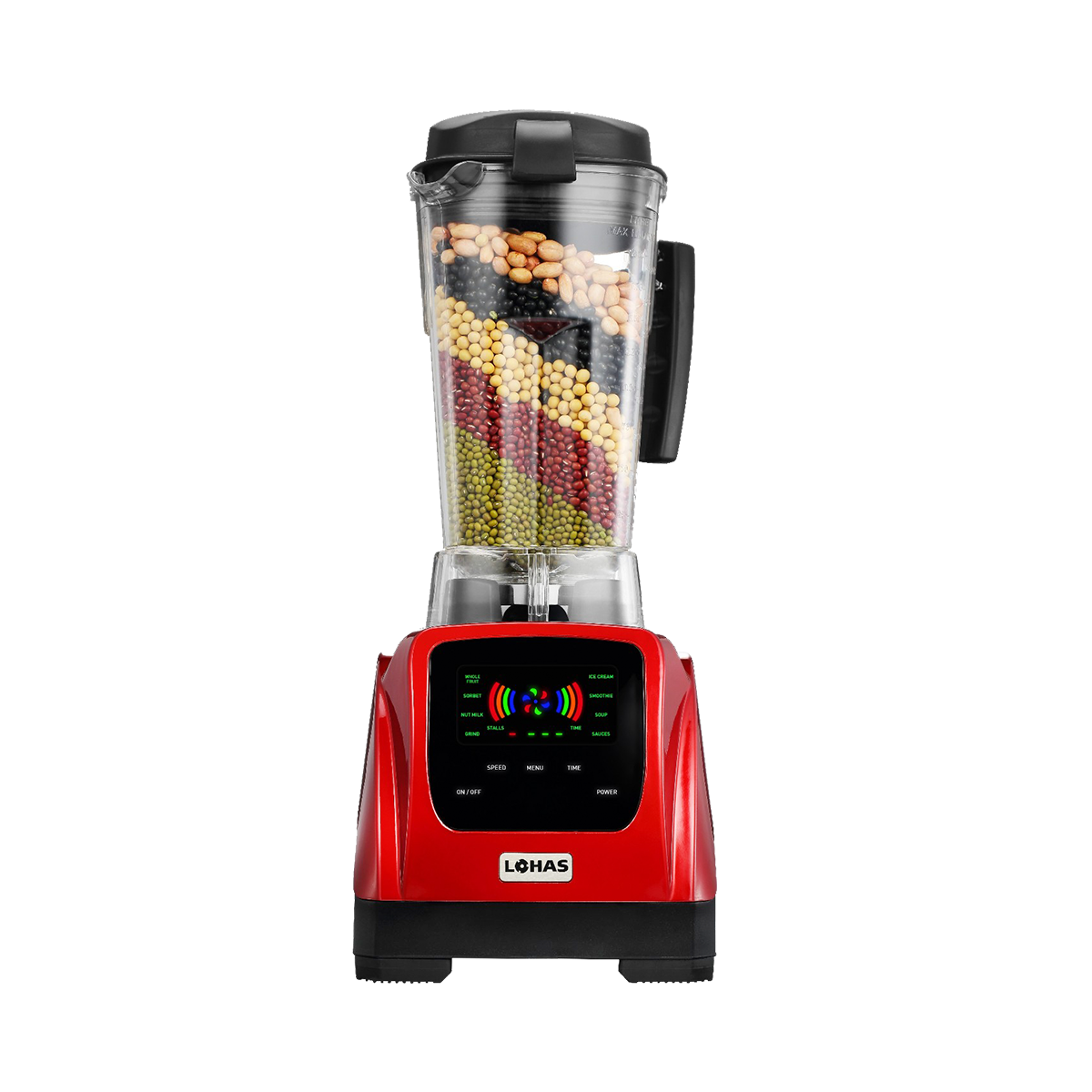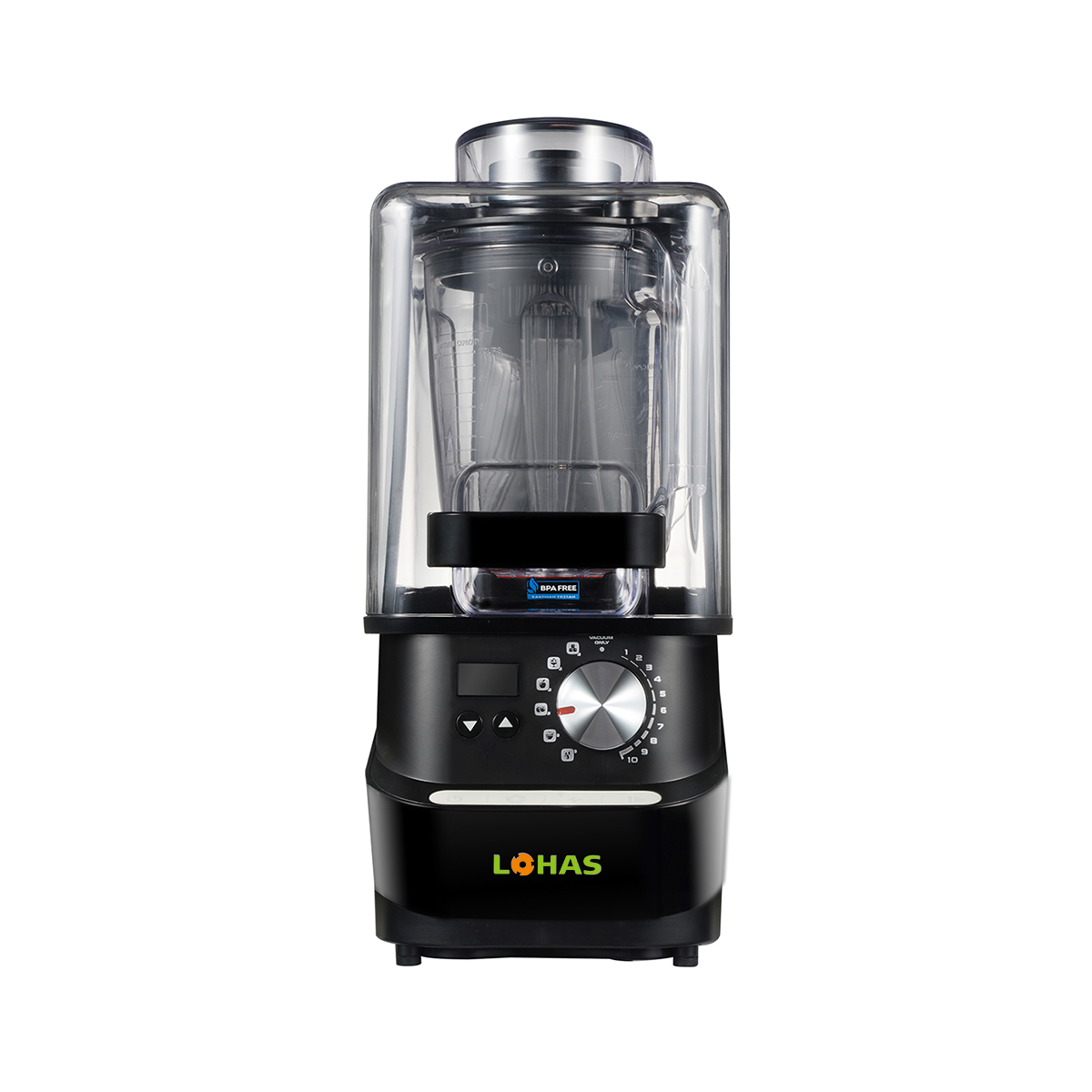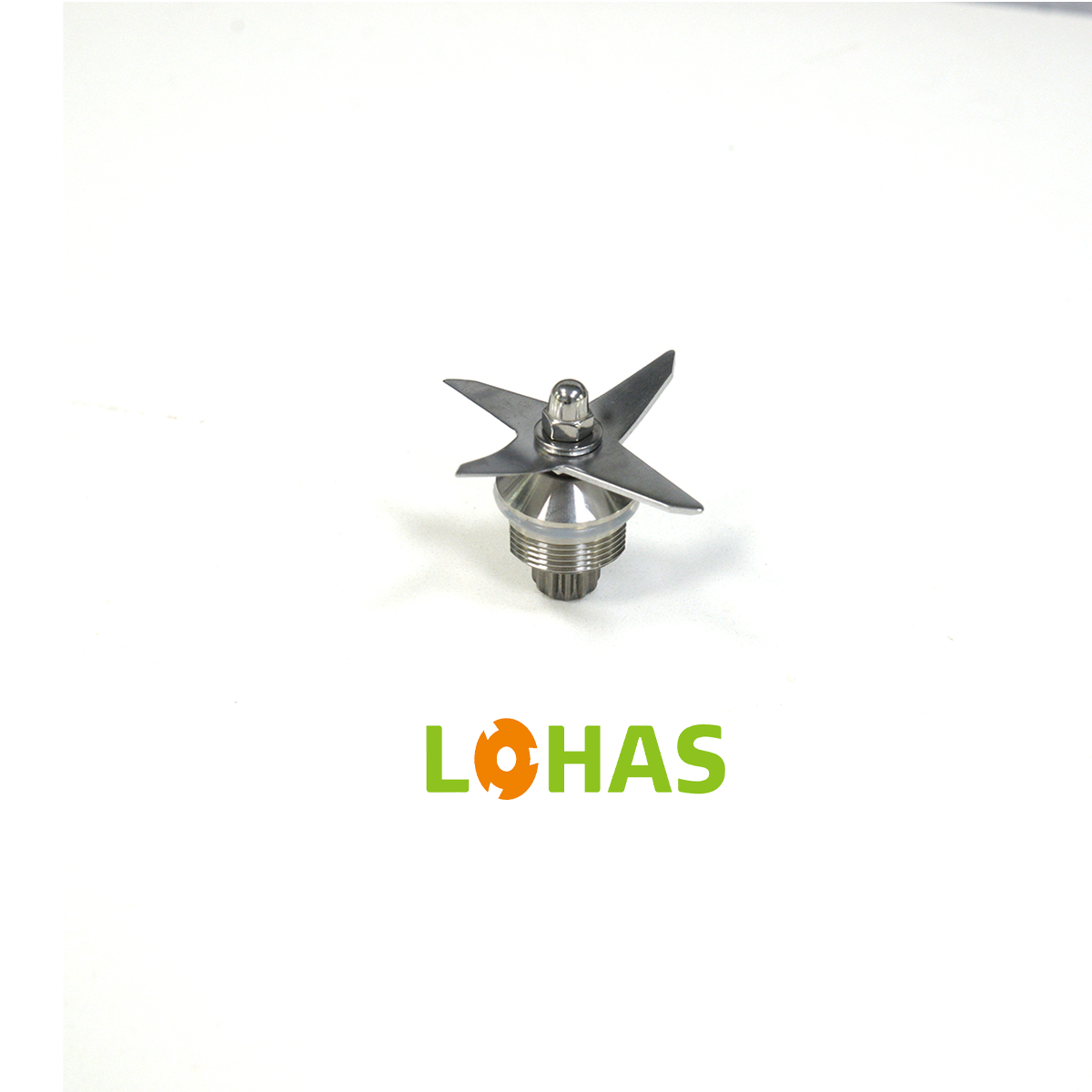Modern commercial kitchens and home cooking enthusiasts face a common challenge when selecting the right blending equipment for versatile food preparation. A stainless steel blender stands out as the ultimate solution for handling extreme temperature variations, from steaming hot soups to frozen cocktails and smoothies. Unlike plastic alternatives that can crack under thermal stress or absorb odors and stains, stainless steel construction provides unmatched durability and temperature resistance. Professional chefs and culinary experts consistently choose stainless steel blending systems for their ability to maintain structural integrity while processing both hot and cold ingredients without compromising performance or safety standards.
Temperature Resistance and Thermal Properties
Superior Heat Management Capabilities
The exceptional thermal properties of stainless steel make it an ideal material for blending equipment that must handle hot liquids safely and effectively. When processing hot soups, broths, or heated sauces, a stainless steel blender maintains its structural integrity even when exposed to temperatures exceeding 200 degrees Fahrenheit. The material's high melting point and excellent heat distribution prevent warping, cracking, or deformation that commonly occurs with plastic blending containers. This thermal stability ensures consistent blending performance regardless of ingredient temperature, making it possible to create perfectly smooth hot soups directly from cooking pots without waiting for cooling periods.
Professional kitchens rely on stainless steel blending systems because they can transition seamlessly from hot to cold applications without thermal shock damage. The material's ability to rapidly adjust to temperature changes means operators can blend hot vegetable soups one moment and frozen fruit smoothies the next, without equipment failure or performance degradation. This versatility translates into increased productivity and reduced equipment maintenance costs in high-volume food service environments where speed and reliability are paramount.
Cold Temperature Performance Excellence
When handling frozen ingredients, ice, and extremely cold liquids, stainless steel demonstrates remarkable resilience that plastic containers simply cannot match. The material remains flexible and impact-resistant even at sub-zero temperatures, preventing brittleness and fracturing that often plague alternative materials. This cold-weather durability ensures that frozen fruit processing, ice crushing, and frozen cocktail preparation can be performed with confidence and consistency. The non-porous surface of stainless steel also prevents ice crystals from adhering to container walls, maintaining optimal blending efficiency throughout the mixing process.
The thermal conductivity properties of stainless steel actually enhance frozen ingredient processing by allowing controlled heat transfer that helps break down frozen components more effectively. This natural thermal exchange creates ideal conditions for achieving smooth, uniform textures in frozen drinks and desserts without overworking the blending motor or creating uneven consistency patterns.
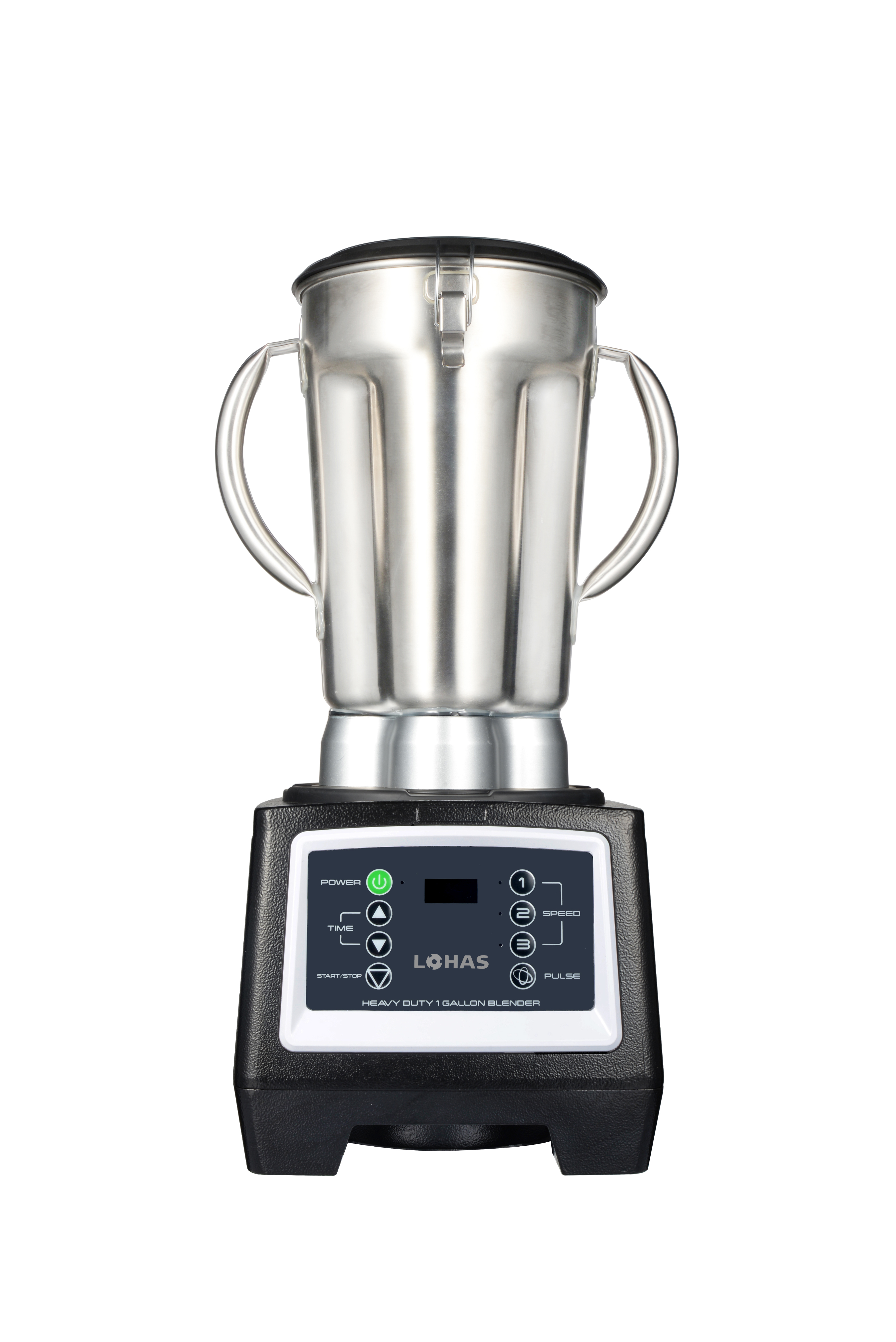
Durability and Structural Advantages
Impact Resistance and Longevity
Commercial-grade stainless steel construction provides exceptional impact resistance that protects blending equipment from damage during heavy-duty use and accidental drops. The material's inherent toughness absorbs shock and distributes impact forces across the entire container structure, preventing localized stress points that could lead to cracks or failures. This robust construction makes stainless steel blender systems ideal for busy commercial environments where equipment endures constant use and occasional mishandling.
The superior durability of stainless steel blending containers translates directly into long-term cost savings through reduced replacement frequency and maintenance requirements. Unlike plastic alternatives that may crack, discolor, or develop stress fractures after extended use, stainless steel maintains its original appearance and structural integrity for decades with proper care. This longevity makes stainless steel blenders an excellent investment for establishments seeking reliable, long-term blending solutions that can handle diverse culinary applications without frequent equipment replacement.
Corrosion Resistance and Hygiene Benefits
The corrosion-resistant properties of food-grade stainless steel ensure that blending equipment remains safe and sanitary even when exposed to acidic ingredients, salt solutions, and aggressive cleaning chemicals. This resistance prevents rust formation, metal contamination, and surface degradation that could compromise food safety or impart unwanted flavors to blended products. Professional food service operations particularly value this characteristic because it enables thorough sanitization without equipment damage, supporting strict hygiene protocols required in commercial kitchens.
The non-porous surface of stainless steel prevents bacterial growth and makes thorough cleaning more effective compared to plastic materials that can develop microscopic scratches harboring contaminants. This hygienic advantage is especially important when alternating between hot and cold applications, as temperature variations can create conditions favorable to bacterial proliferation on inadequately cleaned surfaces. Stainless steel's smooth, non-reactive surface maintains food safety standards across all temperature ranges and ingredient types.
Performance Optimization for Hot and Cold Applications
Hot Soup Processing Techniques
Processing hot soups requires specific techniques to maximize safety and achieve optimal texture results when using stainless steel blending equipment. The thermal mass of stainless steel helps stabilize ingredient temperatures during blending, preventing rapid cooling that might affect final consistency or flavor development. Professional chefs recommend allowing hot ingredients to settle briefly in the stainless steel container before blending, enabling thermal equilibrium that promotes more uniform processing results. The material's heat retention properties also keep soups at serving temperature longer, reducing the need for reheating after blending.
The robust construction of stainless steel blenders enables high-speed processing of hot liquids without concern for container failure due to thermal expansion or pressure buildup. This capability allows for efficient emulsification of hot cream soups, smooth pureing of heated vegetables, and proper incorporation of hot broths with other ingredients. The material's stability under heat ensures consistent blade clearances and optimal mixing patterns that produce professional-quality results in hot soup preparation.
Frozen Ingredient Processing Excellence
Frozen ingredient processing demands equipment that can withstand extreme cold while maintaining powerful performance characteristics. Stainless steel blenders excel in this application due to their ability to crush ice effectively without container damage or motor strain. The material's thermal properties actually assist in frozen processing by providing controlled thermal transfer that gradually softens frozen components for easier blending. This natural temperature moderation creates smoother textures in frozen drinks and prevents the formation of large ice chunks that can damage blending mechanisms.
The weight and stability of stainless steel construction provide additional advantages when processing frozen ingredients, as the substantial mass helps dampen vibrations and maintain steady operation during high-impact ice crushing. This stability ensures consistent results and reduces wear on motor components, extending equipment lifespan while maintaining optimal performance standards for frozen beverage and dessert preparation.
Maintenance and Care Considerations
Cleaning and Sanitization Protocols
Proper maintenance of stainless steel blending equipment ensures optimal performance and longevity while maintaining food safety standards. The non-reactive surface of stainless steel allows for aggressive cleaning with commercial-grade sanitizers and degreasers without surface damage or chemical absorption. This cleaning tolerance is particularly valuable in commercial settings where equipment must be thoroughly sanitized between different food applications, especially when alternating between hot and cold preparations that might leave different types of residues.
Regular cleaning protocols should include immediate rinsing after hot soup processing to prevent residue buildup and thorough drying after frozen ingredient use to prevent water spots or mineral deposits. The smooth surface of stainless steel facilitates easy cleaning and inspection, allowing operators to verify complete removal of all food particles and contaminants. Proper maintenance practices extend equipment life while ensuring consistent performance across all temperature ranges and ingredient types.
Preventive Maintenance Best Practices
Implementing systematic preventive maintenance routines maximizes the performance and durability advantages of stainless steel blending equipment. Regular inspection of container surfaces for scratches or damage helps identify potential issues before they compromise performance or hygiene standards. The durability of stainless steel construction means that most maintenance involves basic cleaning and occasional replacement of consumable components like gaskets or blade assemblies rather than major repairs or container replacement.
Temperature cycling between hot and cold applications requires attention to expansion joint areas and mounting points where thermal stress might accumulate over time. However, the superior thermal properties of stainless steel minimize these concerns compared to plastic alternatives, making maintenance requirements more predictable and less frequent. This reliability advantage contributes to lower total cost of ownership and reduced downtime in commercial operations.
FAQ
Can stainless steel blenders safely process boiling hot soups without damage?
Yes, high-quality stainless steel blenders can safely handle very hot liquids, including soups at near-boiling temperatures. The material's excellent heat resistance and thermal stability prevent warping or cracking that commonly occurs with plastic containers. However, it's recommended to allow extremely hot liquids to cool slightly before blending to prevent steam pressure buildup and ensure operator safety. Most commercial stainless steel blenders are designed to handle liquids up to 200°F without performance issues.
How does stainless steel compare to plastic for frozen drink preparation?
Stainless steel significantly outperforms plastic when processing frozen ingredients and ice. The material remains strong and impact-resistant at low temperatures, while plastic can become brittle and crack when exposed to frozen components. Additionally, stainless steel's thermal conductivity helps gradually soften frozen ingredients for smoother blending, while its non-porous surface prevents ice adhesion that can reduce blending efficiency. This makes stainless steel ideal for consistent frozen cocktail and smoothie preparation.
What maintenance is required for stainless steel blenders used for both hot and cold applications?
Maintenance for stainless steel blenders is relatively simple due to the material's durability and corrosion resistance. Regular cleaning with appropriate sanitizers is essential, with immediate rinsing after hot applications to prevent residue buildup. The container should be thoroughly dried after cold applications to prevent water spots. Periodic inspection for scratches or damage helps maintain hygiene standards, though stainless steel's durability means replacement needs are infrequent compared to plastic alternatives.
Are there any temperature limitations for stainless steel blending containers?
While stainless steel has excellent temperature resistance, most manufacturers recommend maximum liquid temperatures around 200°F for optimal safety and performance. At the cold end, stainless steel performs excellently even with frozen ingredients and ice without brittleness concerns. The main limitation is ensuring proper sealing and gasket integrity at temperature extremes, as rubber components may have narrower temperature ranges than the stainless steel itself. Always consult manufacturer specifications for exact temperature limits.
Table of Contents
- Temperature Resistance and Thermal Properties
- Durability and Structural Advantages
- Performance Optimization for Hot and Cold Applications
- Maintenance and Care Considerations
-
FAQ
- Can stainless steel blenders safely process boiling hot soups without damage?
- How does stainless steel compare to plastic for frozen drink preparation?
- What maintenance is required for stainless steel blenders used for both hot and cold applications?
- Are there any temperature limitations for stainless steel blending containers?

